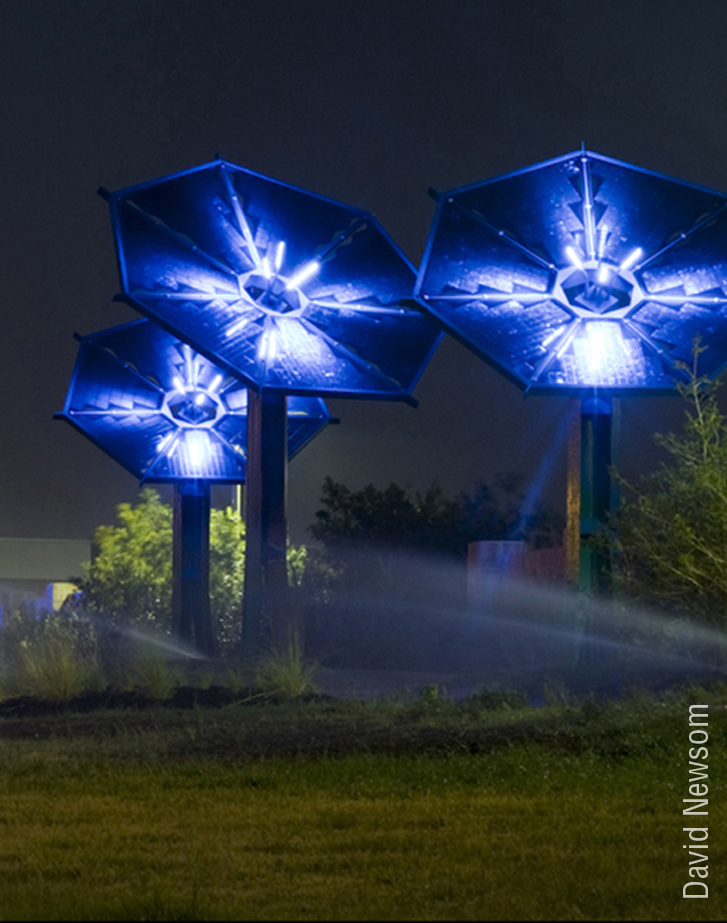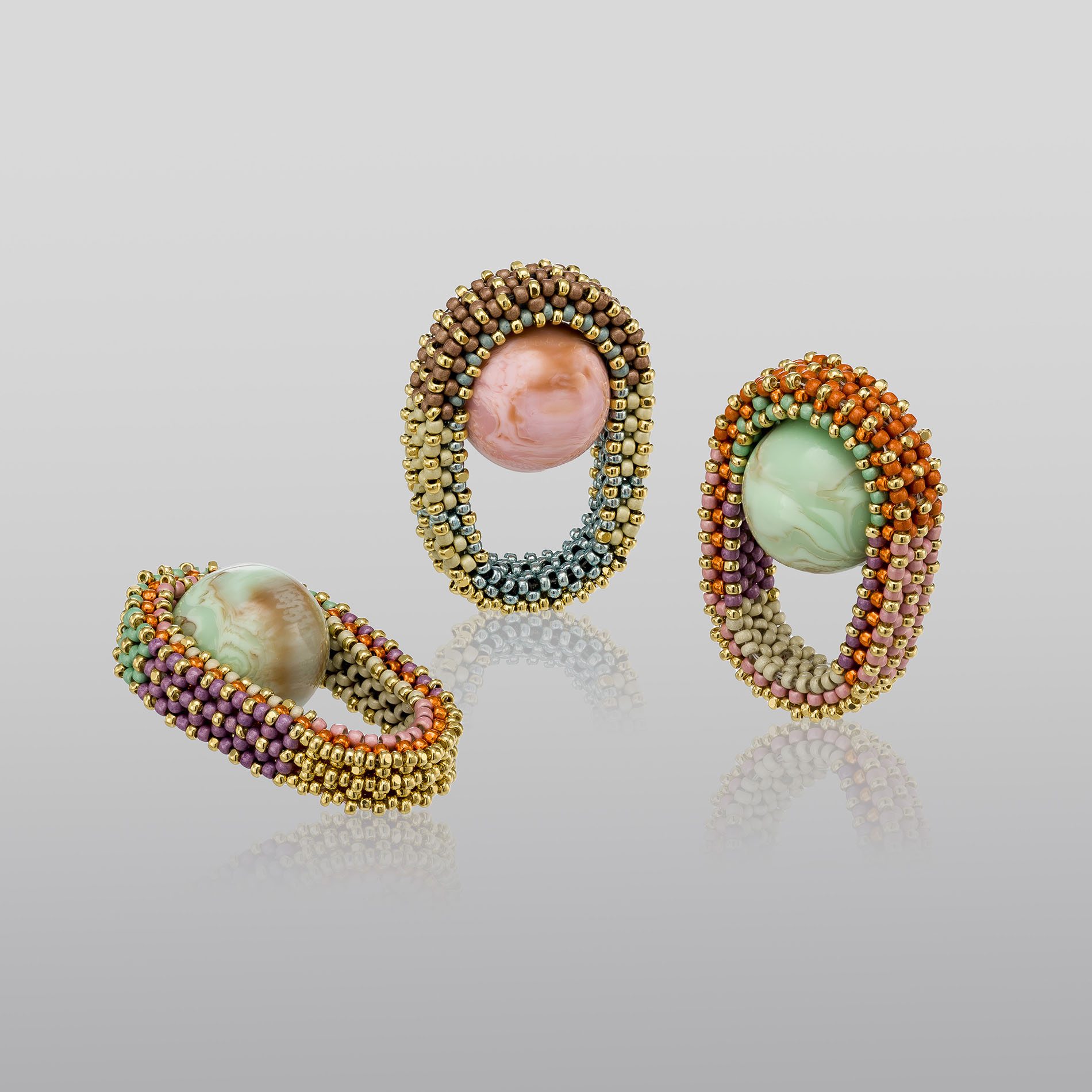The esteemed Smithsonian Craft Show returns to the National Building Museum on April 20-24, 2022 for its first live show since the start of the COVID pandemic. Twenty-three of the exhibitors applied for the Honoring the Future Sustainability Award. The award, which comes with a $1,000 prize, continues a tradition begun in 2015 to honor pioneering craft artists who point the way to a more sustainable future.
Wendy Maruyama, an internationally recognized artist, furniture maker and educator, is serving as judge.
“The Intergovernmental Panel on Climate Change warns that we face a ‘rapidly closing window of opportunity’ to secure a livable future,” notes Fran Dubrowski, Director of Honoring the Future. “These 23 artists show us how to embrace that challenge with creativity, beauty and commitment.”
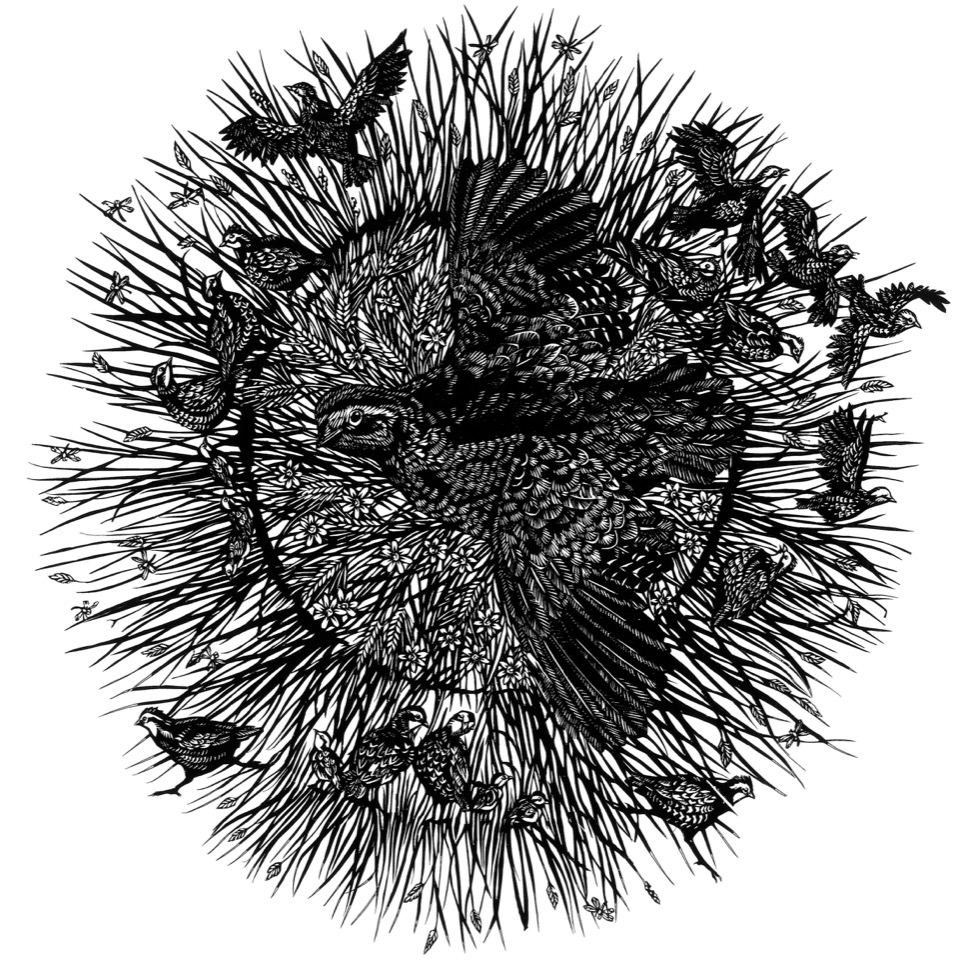
Lucrezia Bieler – paper cuttings about nature’s fragility
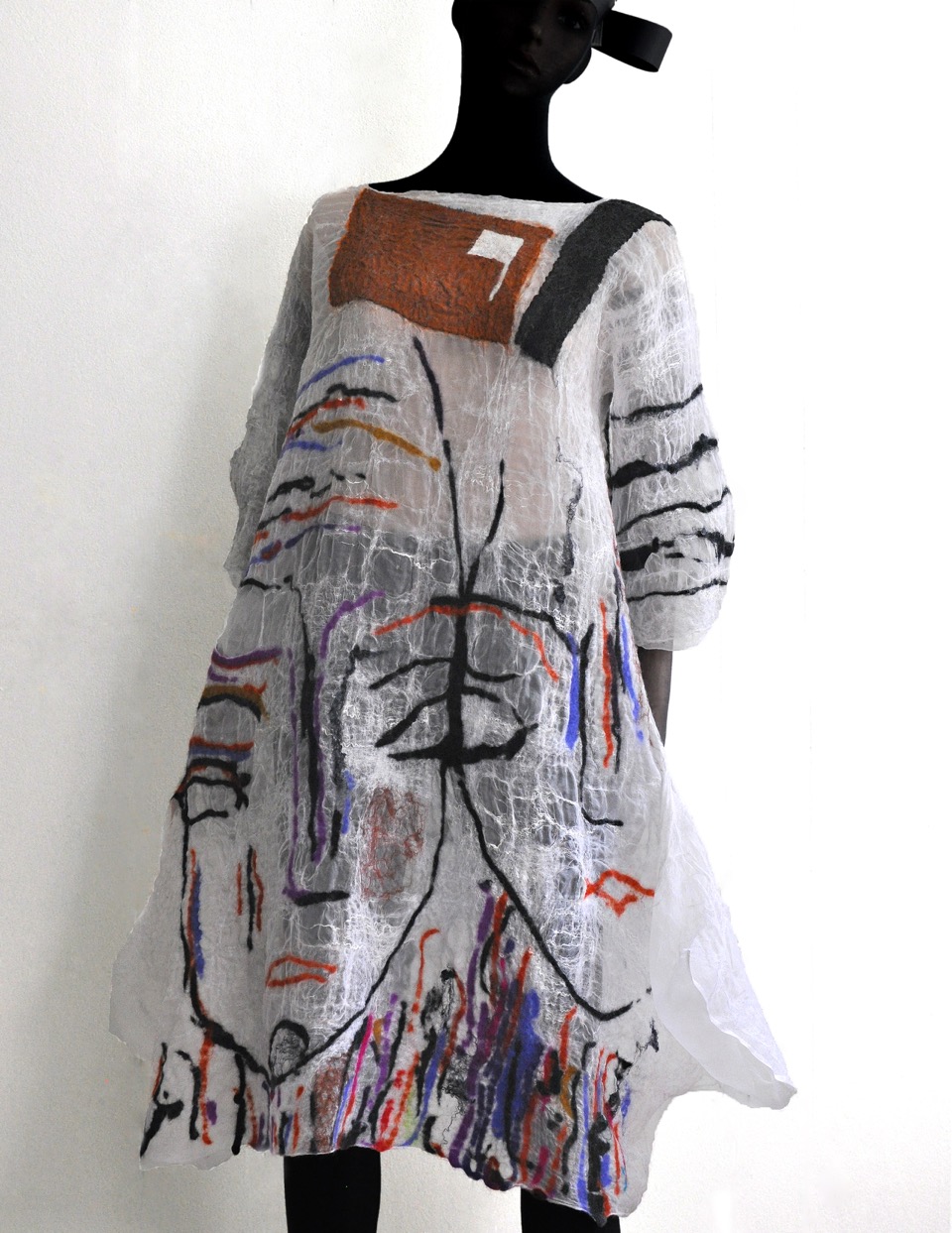
Veronica Braslavsky – up-cycled, eco-friendly fabric
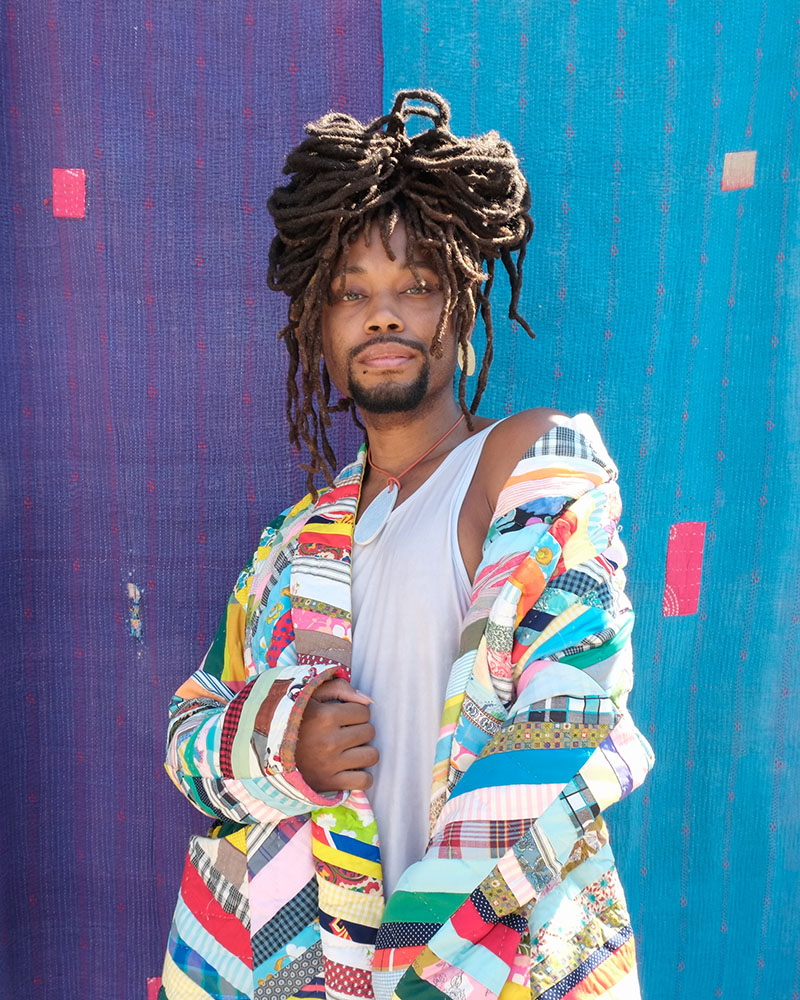
Rona Chang – sustainably made fashion
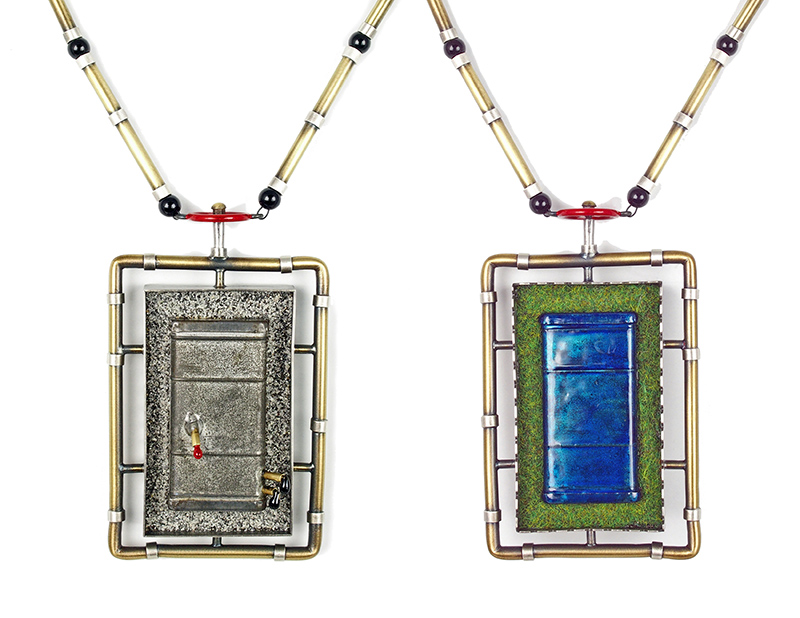
Lisa & Scott Cylinder – repurposed material
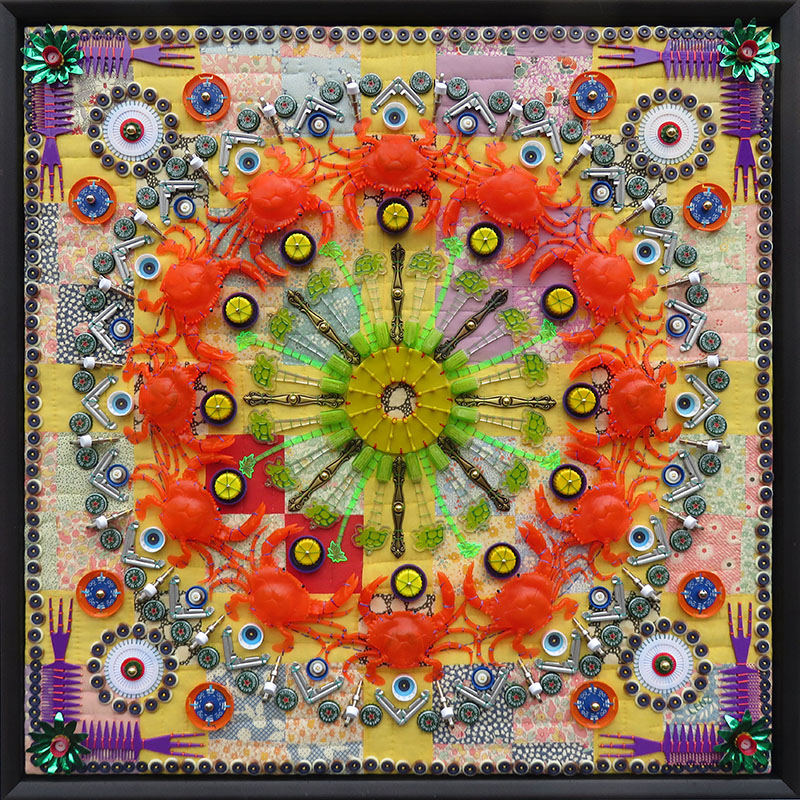
Susan Lenz Dingman – repurposed material
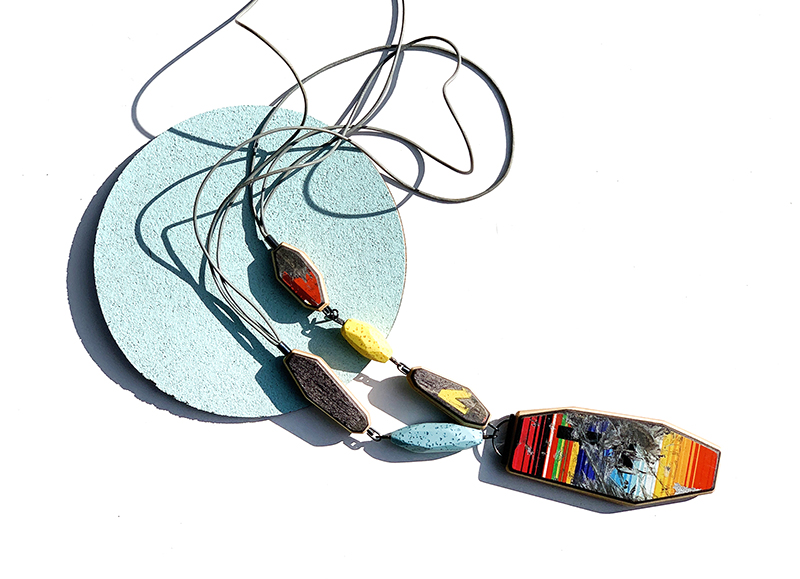

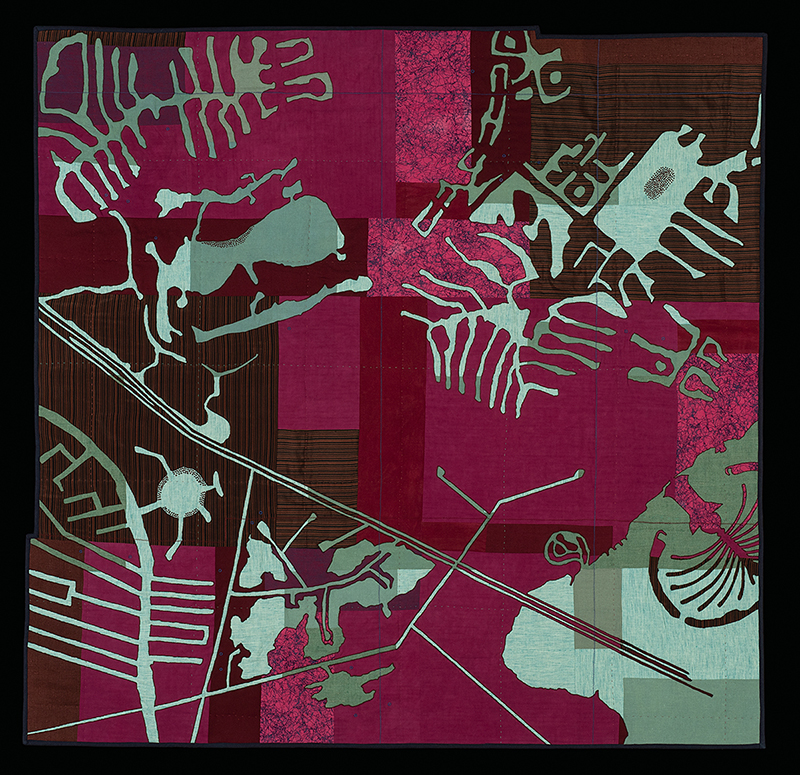
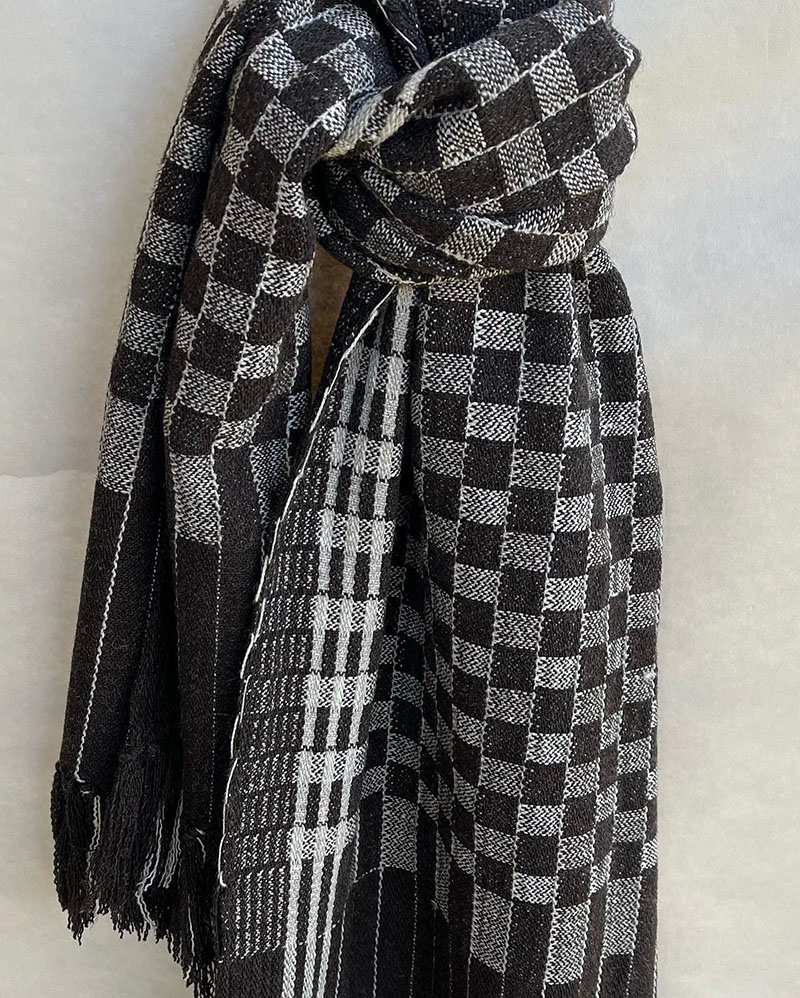
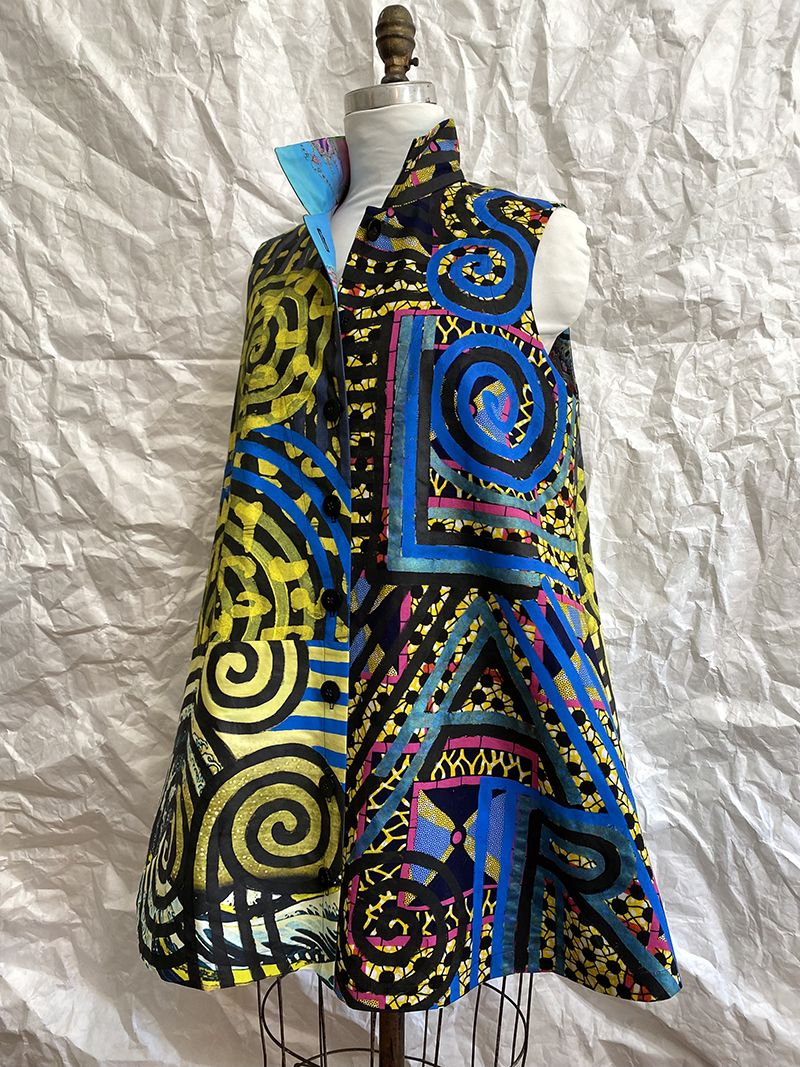
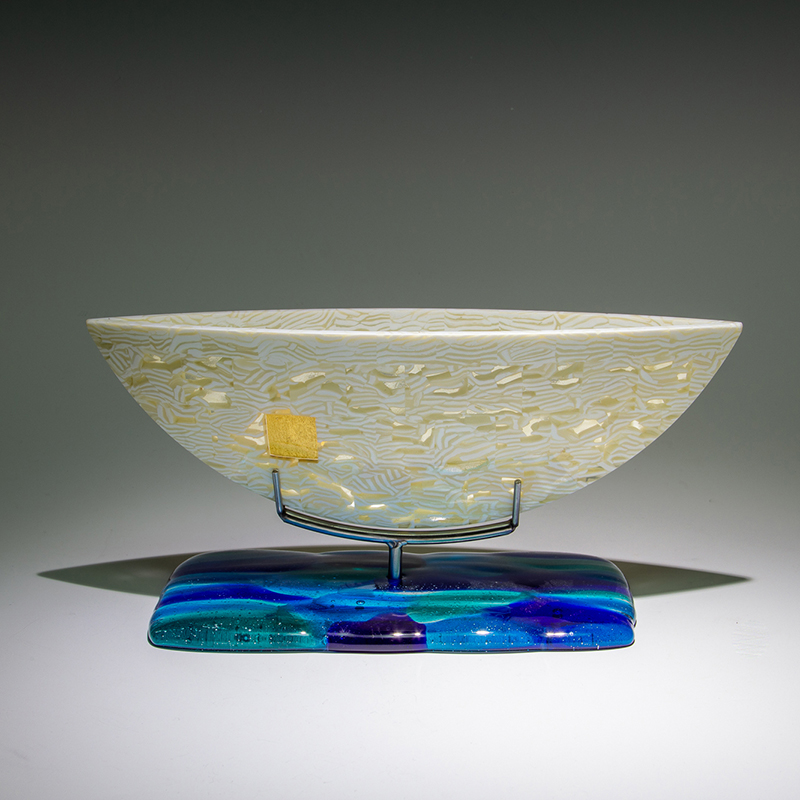
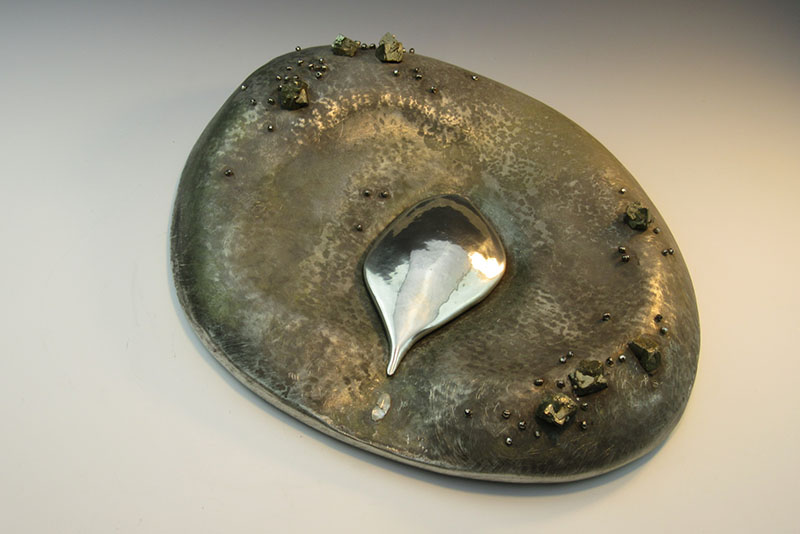
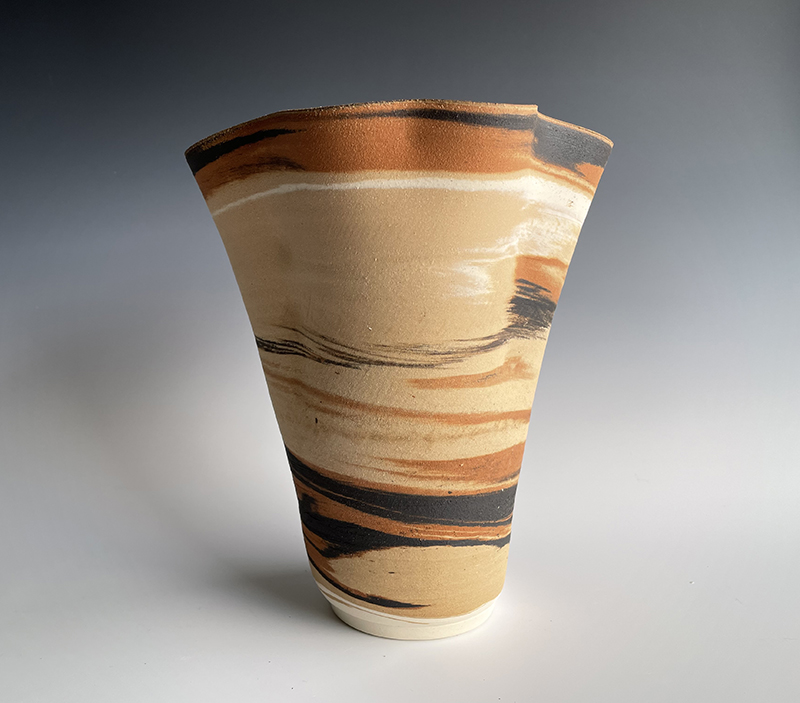
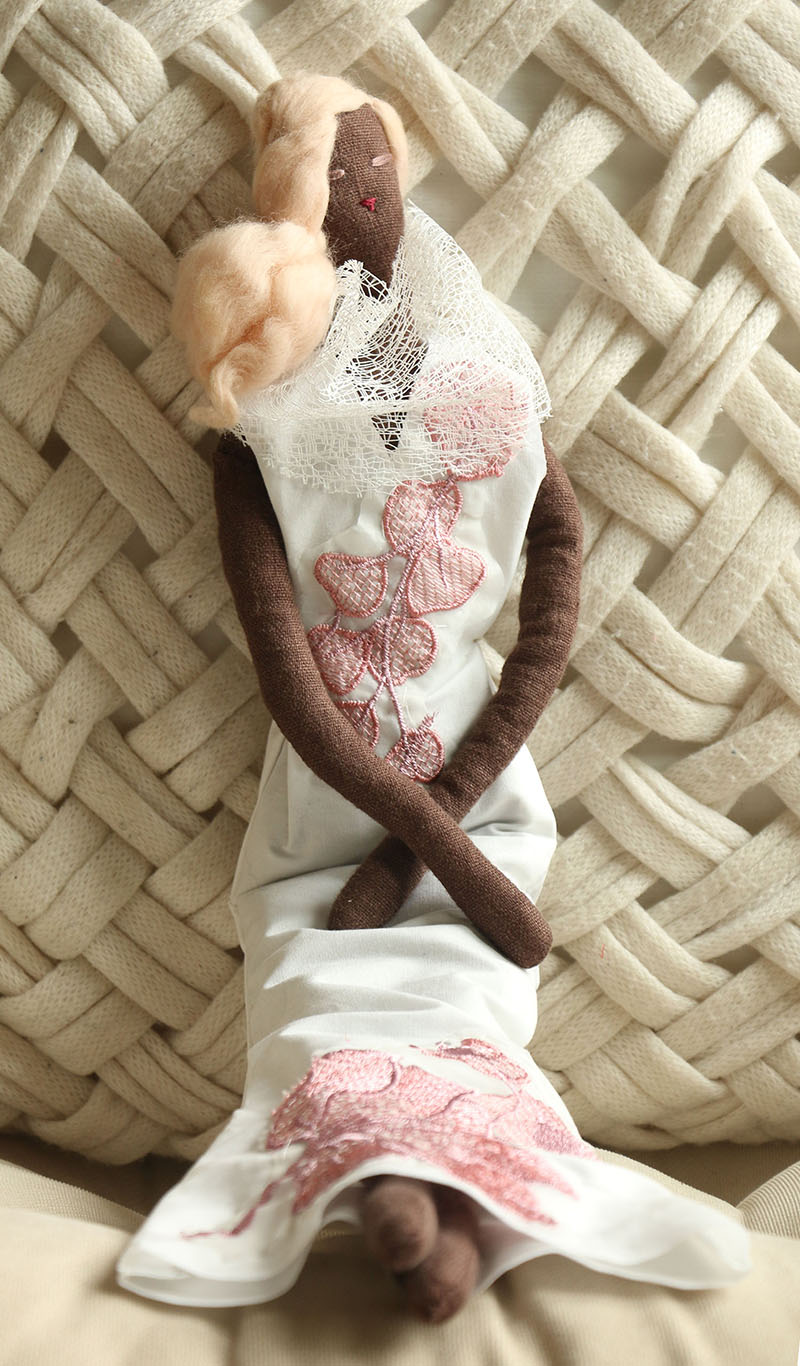
Sarah Djarnie-Brown – repurposed fabric

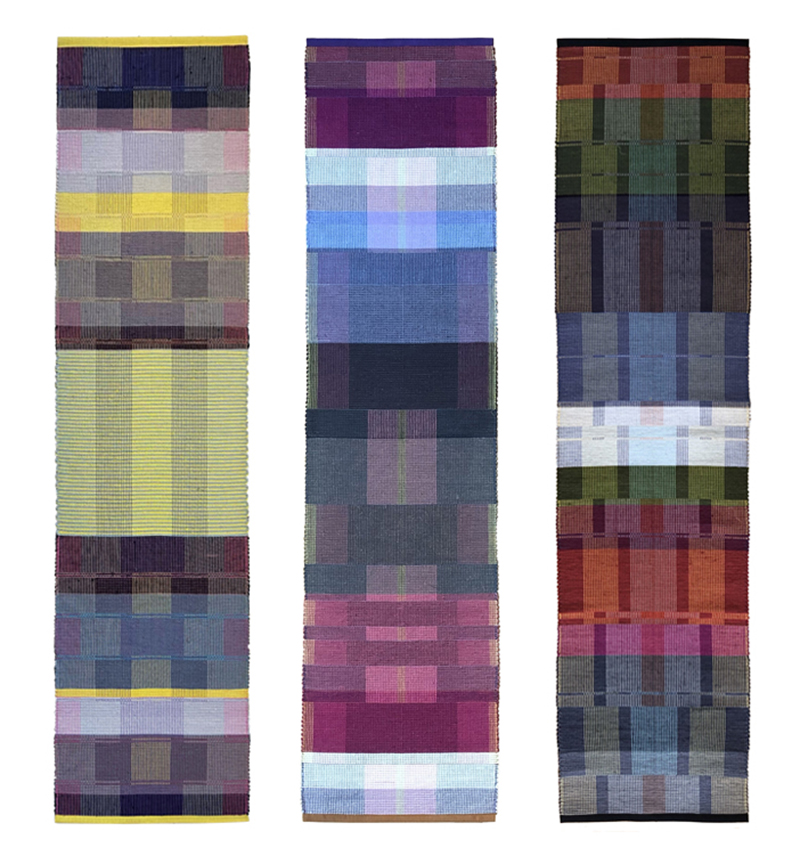
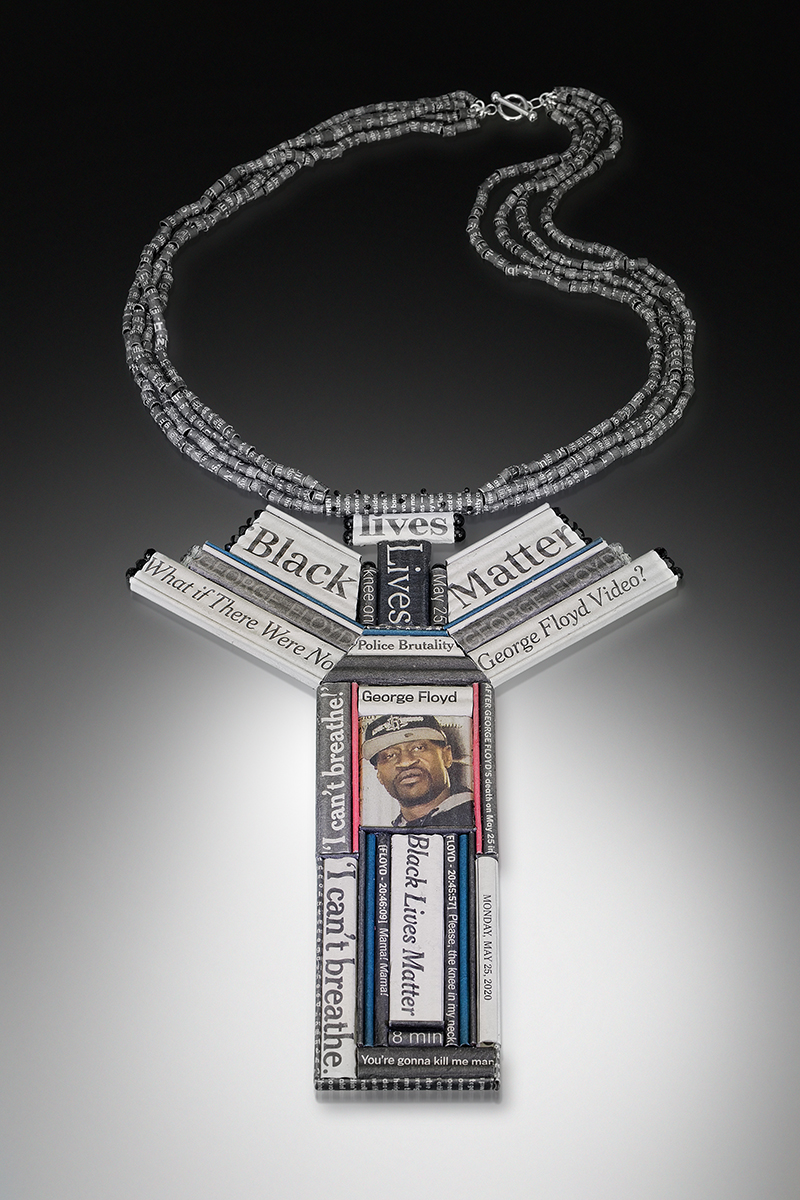
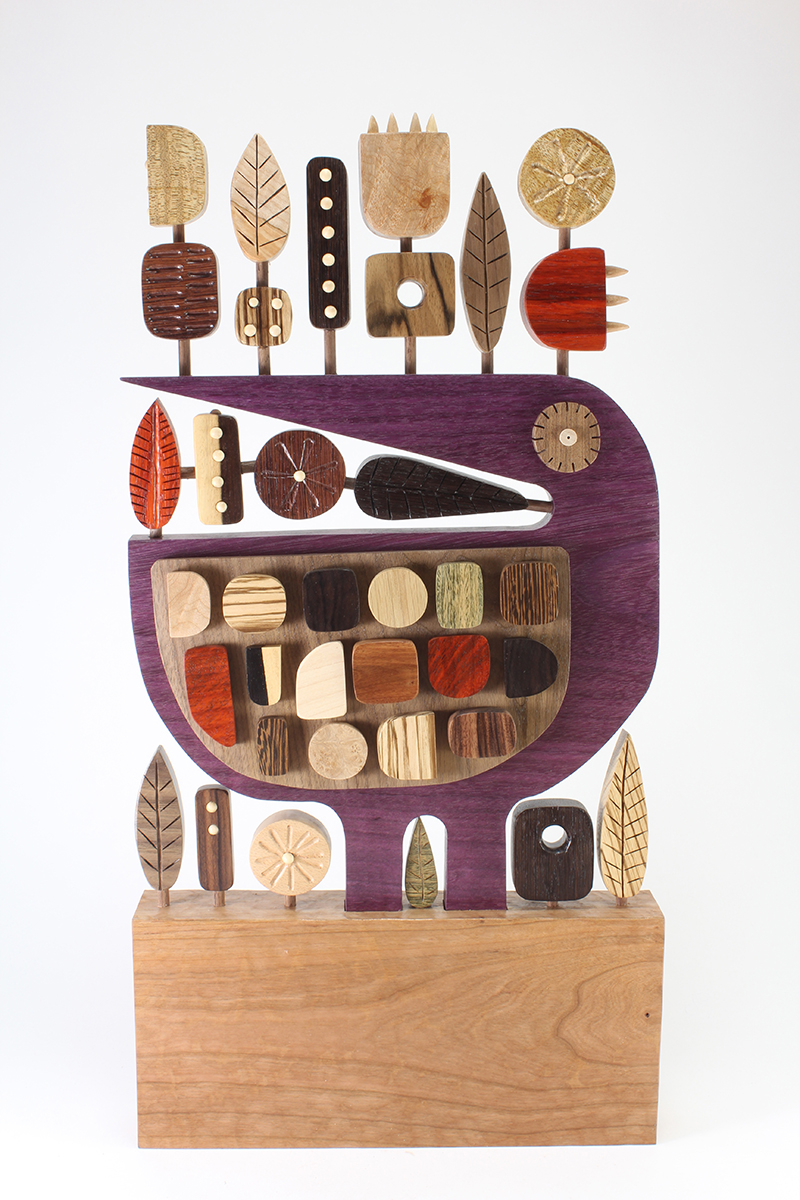
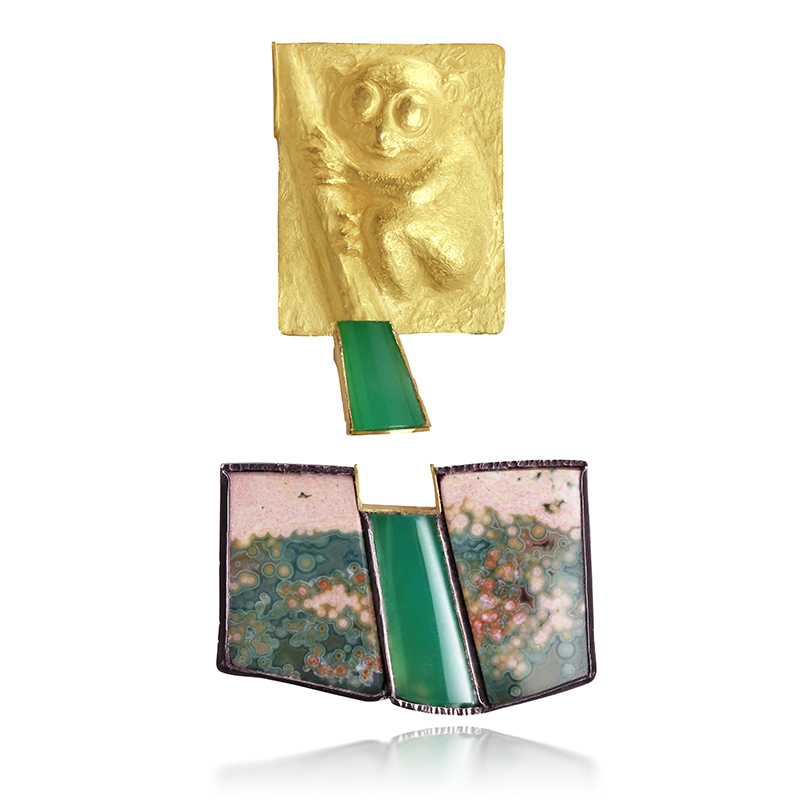
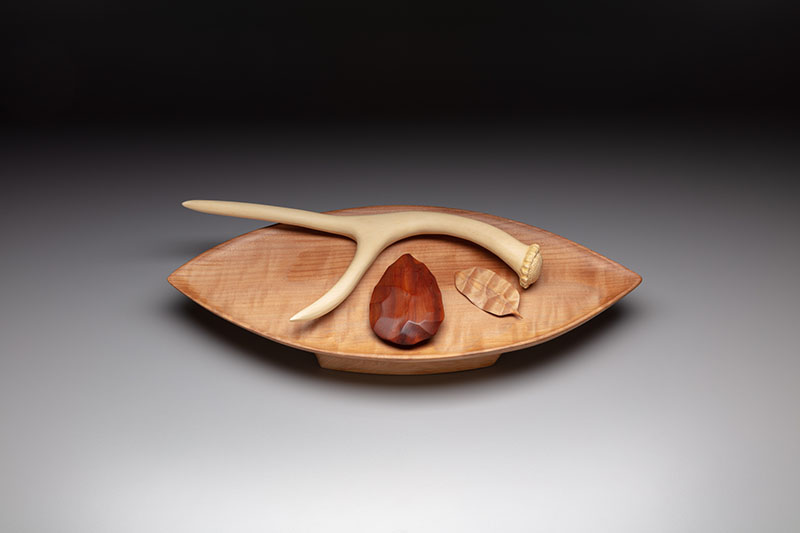
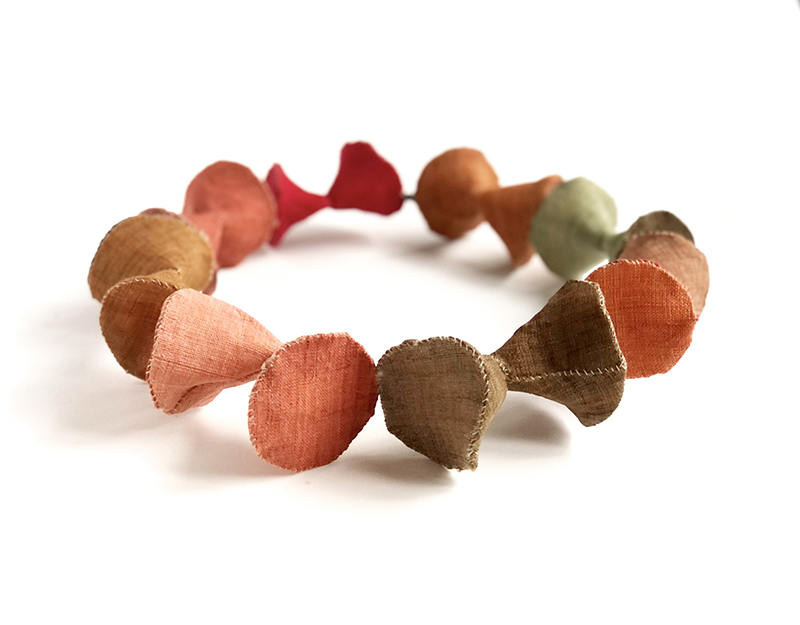
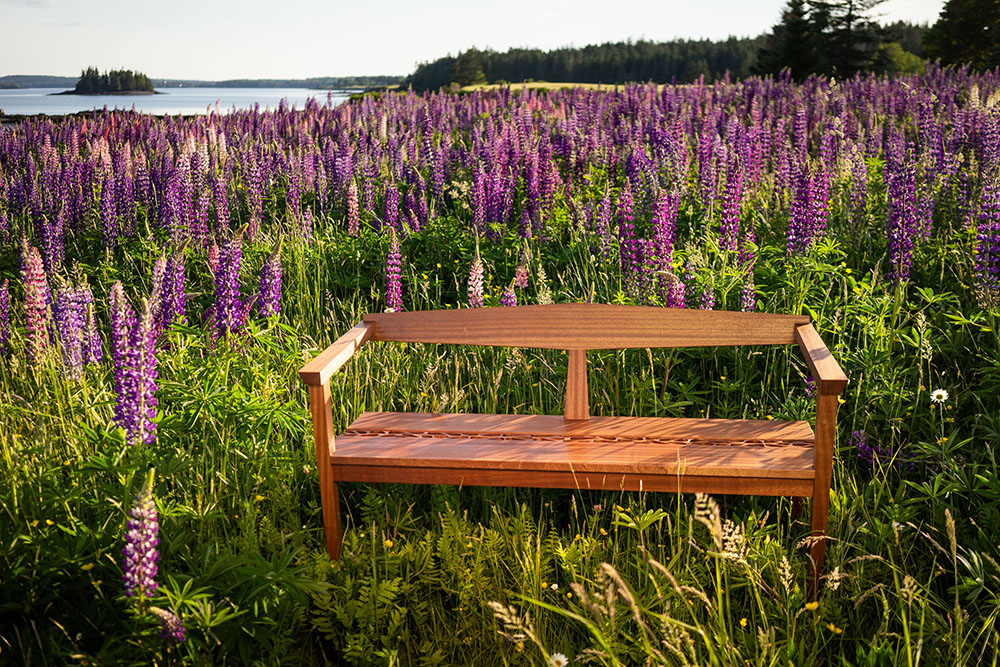
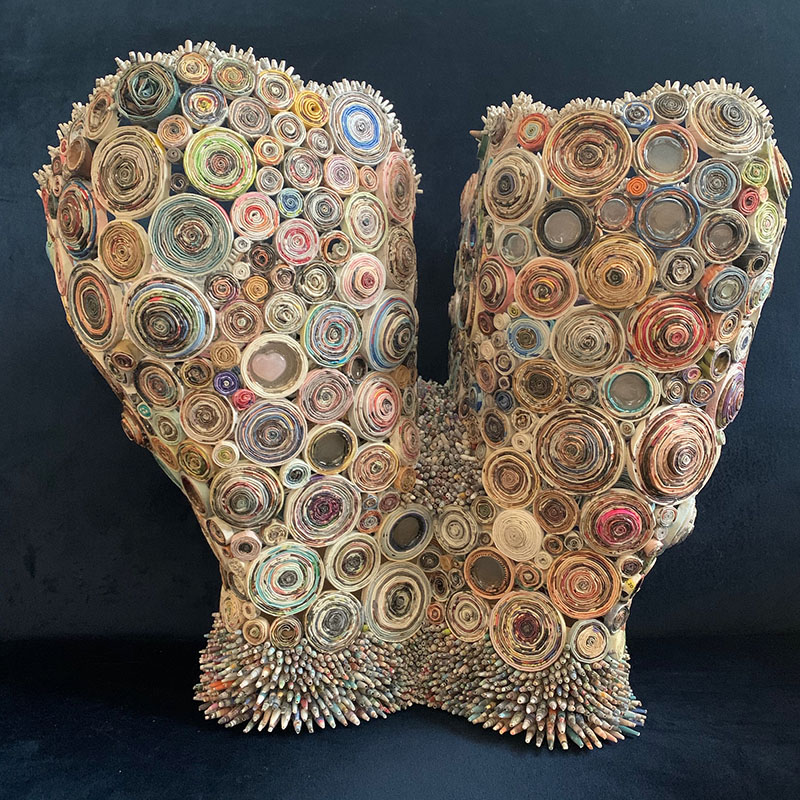
Collectively, these artists employ a variety of strategies for achieving sustainability, including:
Exploring the impacts of climate change:
Rebecca Hungerford’s The Last Glacier poignantly highlights the rapid disappearance of glacial ice. Linda Kindler-Priest’s statement jewelry draws attention to endangered animals. Flavia Lovatelli’s “spores,” sculpted from recycled paper, remind us that discarded waste is despoiling our waters, destroying plant and marine life.
Modeling greater respect for nature:
Lucrezia Bieler’s intricate paper cuttings, each formed from a single sheet of paper, emphasize species’ interconnectivity. Vicki Essig weaves images of small, often overlooked “bits of nature” to demonstrate that this disregarded beauty is “still there, waiting to be seen” by the attentive. Christina Vincent aims to instill appreciation for the beauty of the Maine woods from which she draws both inspiration and raw material for her furniture.
Showcasing sustainable land use:
Leah Evans’ hand-stitched quilts explore how land impacts us and how we, in turn, affect our landscape. For example, one quilt addresses contour dry-farming for its water and soil retention value. Kari Lonning transforms akebia, a locally invasive and smothering vine, into striking baskets, which she uses to teach others about the importance of landscaping with native plants.
Offering eco-friendly alternatives to high polluting “fast fashion”:
Veronica Braslavsky creates fabric by hand, without any machines and chemicals, using up-cycling, eco-friendly resources. Myung Urso sculpts hand-dyed natural ramie fabric into jewelry in the colors of her native Korean culture. Sandy Fisher uses regenerative agricultural practices to grow flax and natural dyes for handwoven fabrics in subtly intriguing hues. By contrast, Rona Chang heralds new, more sustainable fashion design with bold colors and striking textural patterns. Starr Hagenbring reclaims vintage fabric for vibrant garments containing strong environmental messages.
Repurposing discarded material:
Holly Anne Mitchell’s recycled newspaper jewelry inventively reuses waste, often with astute social commentary on, for example, the power of advertising or the critical need for environmental justice. Hilary Pfeifer taps a network of furniture makers, sculptors, spoon carvers and turners for castoffs for her eye-catching sculptures. Lisa and Scott Cylinder deconstruct and imbue found objects with an ironic sense of nostalgia. Tara Locklear designs playful jewelry with industrial materials, Sarah Djarnie-Brown’s handmade dolls wear garments of scrap fabric that “come from every walk of life,” and Susan Lenz Dingman turns household objects into colorful wall hangings.
Minimizing process waste:
Claudia Mills sends fabric scraps to FABSCRAP, a recycling center endeavoring to end commercial textile “waste” by maximizing the value of unused fabric. Patti and Dave Hegland fashioned leftover glass fragments into a glass boat sculpture, creating, in the process, a metaphor for transitioning to new, more sustainable behaviors.
Embracing eco-friendly production practices:
Nicole Jurain creates nature inspired ceramics year round with renewable energy from solar power and a wood stove. Holly Tornheim locally sources wood, using leftover pieces from furniture makers and material from local brush clearing. All of her artwork is created in a solar-powered studio.
The winner of the Honoring the Future Sustainability Award will be announced at the opening of the Smithsonian Craft Show on April 20. Honoring the Future partners with the Smithsonian Women’s Committee to offer this award. The Smithsonian Women’s Committee produces the Smithsonian Craft Show to generate funds for grants to support education, outreach and research at the Institution’s 19 museums, 9 research facilities, and the National Zoo. Over $13 million in grants and endowments have been awarded since 1966.
Widely regarded at the most prestigious juried show and sale of American fine craft, the Smithsonian Craft Show is in its 40th year. The 2022 show will feature the work of 120 artists. All of the participating artists were invited to apply for the Sustainability Award.

